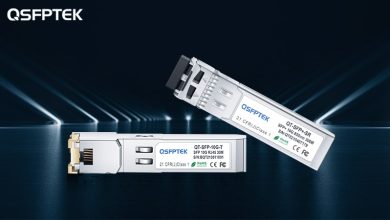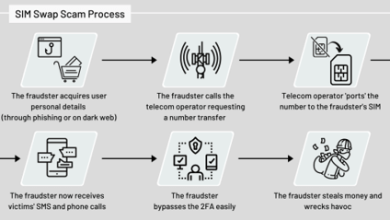Stay Bright When Things Go Dark: Home Battery Installation for Energy Security

The journey towards reliable renewable energy has not been without roadblocks. While we all know we can generate power with wind and solar, what do we do when the wind isn’t blowing and the sun isn’t shining? This is why for many in the industry the next major breakthrough is batteries. While large scale batteries to power cities and states are still in development, home batteries and solar installation have come a long way and are able to keep your house up and running even when the grid, well, isn’t.
A solar battery ensures a constant power supply even when the sun takes a break. Acting as a reservoir for surplus energy generated by solar panels during peak sunlight hours, these batteries store the excess energy for use during periods of low sunlight (like nighttime) or, crucially, during power outages. This transformative technology empowers users with increased energy independence and a steadfast backup power source for homes and businesses.
While going solar or getting a home battery backup can be done independently of each other, batteries are most often paired with a solar array as it allows a homeowner to store any excess energy generated on a sunny day and use it at night, when peak demand charges are high, or even in a power outage.
Working together, the photovoltaic cells within the solar panels convert sunlight into direct current (DC) electricity, which is then transformed into alternating current (AC) electricity for everyday use. When the panels produce more electricity than required, the surplus is redirected to the solar battery. The battery, in turn, stores this excess electricity for use during periods when solar panels fall short, ensuring a seamless and uninterrupted power supply. Without a solar array batteries are most often kept charged with energy from the grid to be used in the event of an outage (prepare to be the most interesting house on the block as your neighbors wonder why your lights stay on).
Home batteries come in various shapes and sizes, and also price points, with a variety of technology powering its storage capabilities. Luckily, programs such as the Battery Storage Technology Tax Credit help make home battery backup more accessible. Lead-acid batteries have been on the market the longest and are reliable and affordable. Unfortunately they have a shorter lifespan compared to newer types and in order to maintain a sizeable charge have to be large and can take up a lot of space. For some homeowners they are eliminated as an option simply because they can’t fit into the installation location. Lithium-Ion batteries are increasing in popularity – the Tesla Powerwall is lithium-Ion – and these have a few advantages like a longer lifespan, a reduced charging time, and a smaller battery. The main drawback is the risk of thermal runaway, which is an overheating of the battery, but with proper installation this is unlikely. Nickel-cadmium batteries are mainly used for large scale operations (ie. commercial) as they can withstand extreme weather and temperature conditions, but their large size makes them too bulky to be great for home battery applications.
In areas with a high cost of electricity a battery might increase the financial gains of a solar array. Many utilities charge a premium for energy during peak hours (usually the middle of the day but sometimes in the evening) so by drawing from a battery in the evening when the sun isn’t shining some homeowners can see a small bill reduction. In most cases this isn’t necessary as additional energy captured by panels in the daytime puts energy credits on a homeowner utility account, so you’re still enjoying the benefit of your panels when the sun is down, but for those of us who REALLY want to break up with our utility bills, a home battery system can be the answer.
When selecting a solar battery, factors such as cost, battery capacity, and lifespan must be considered. The size of the battery should align with individual energy needs and the scale of the solar power system and ensure a continuous and reliable energy supply. By selecting the right type and size of solar battery, users can unlock the potential of solar power and energy security.
















